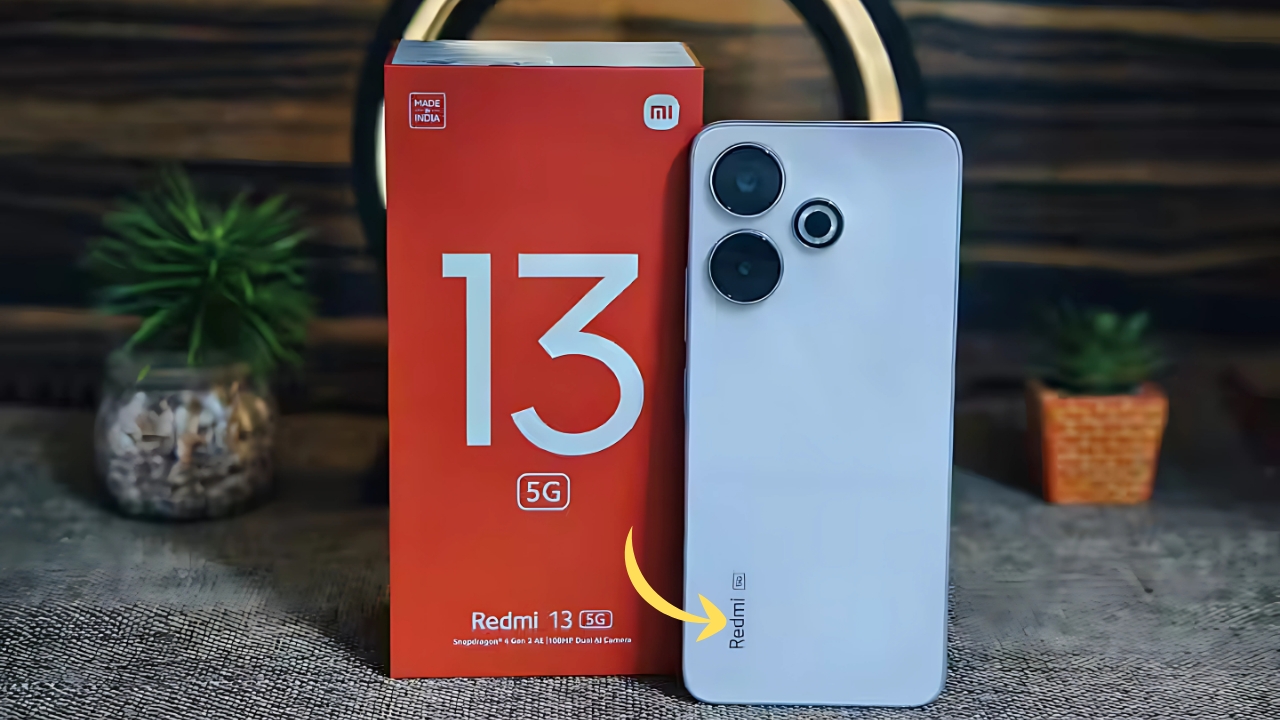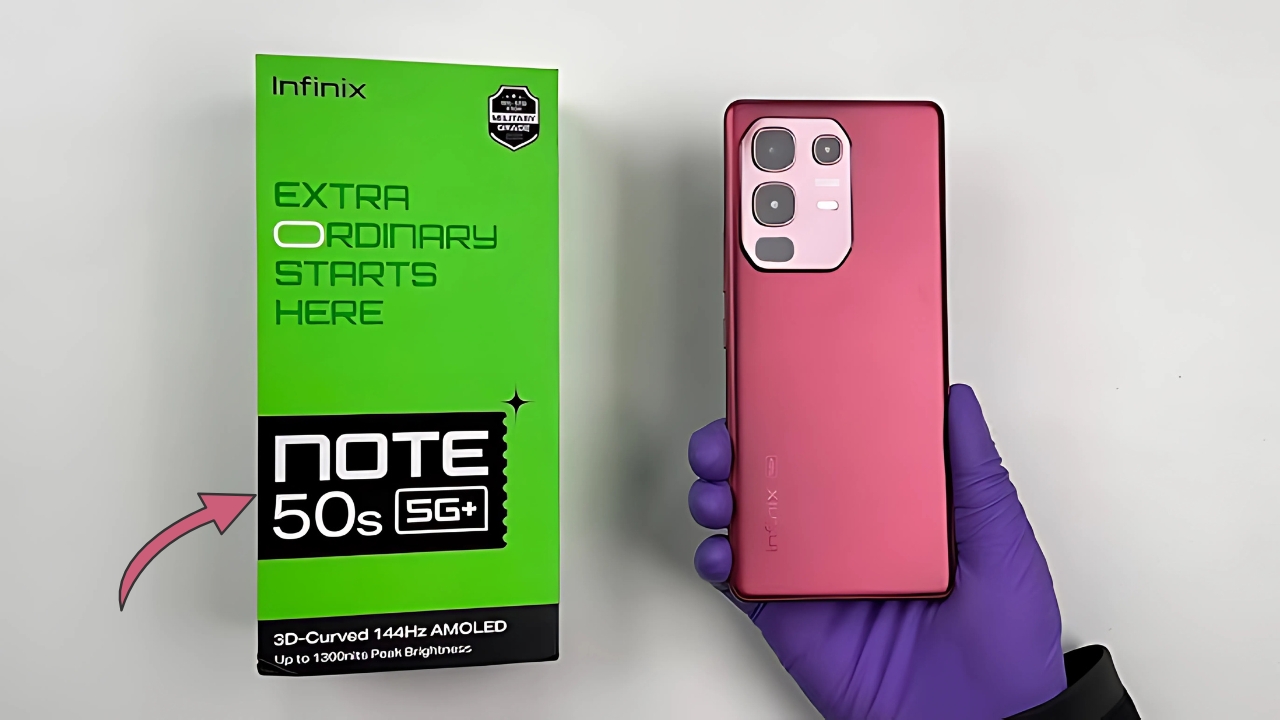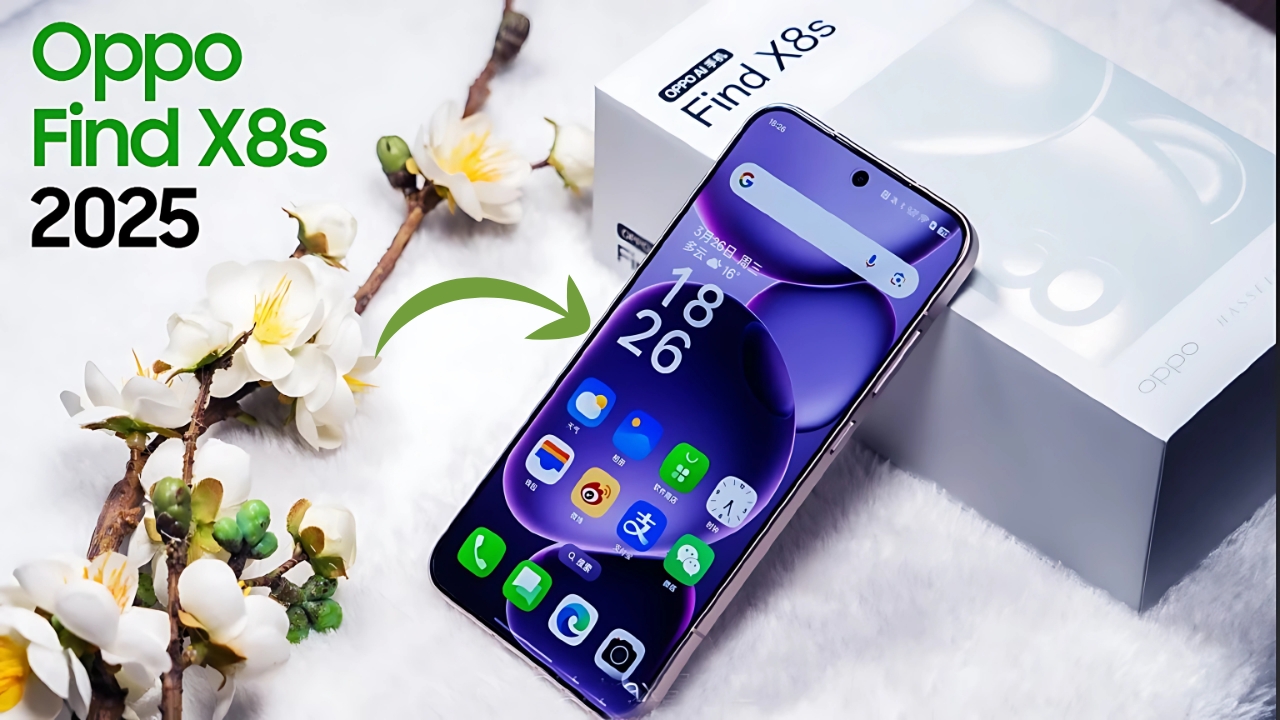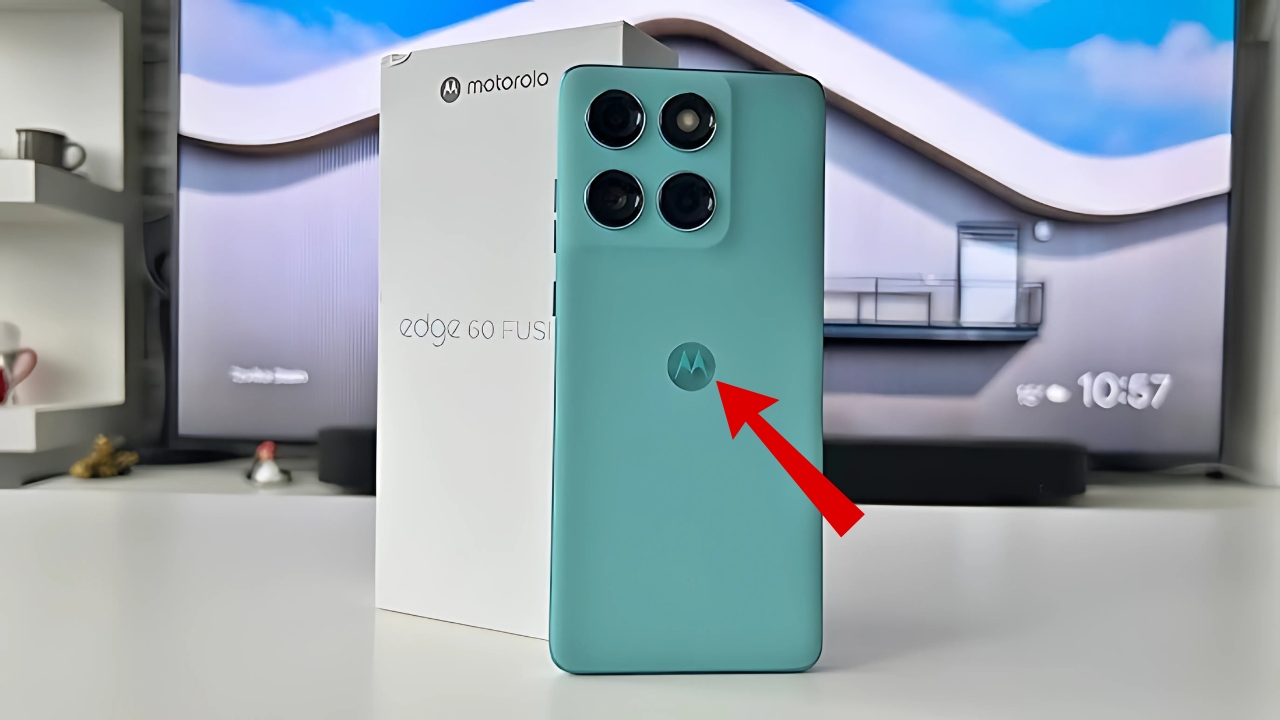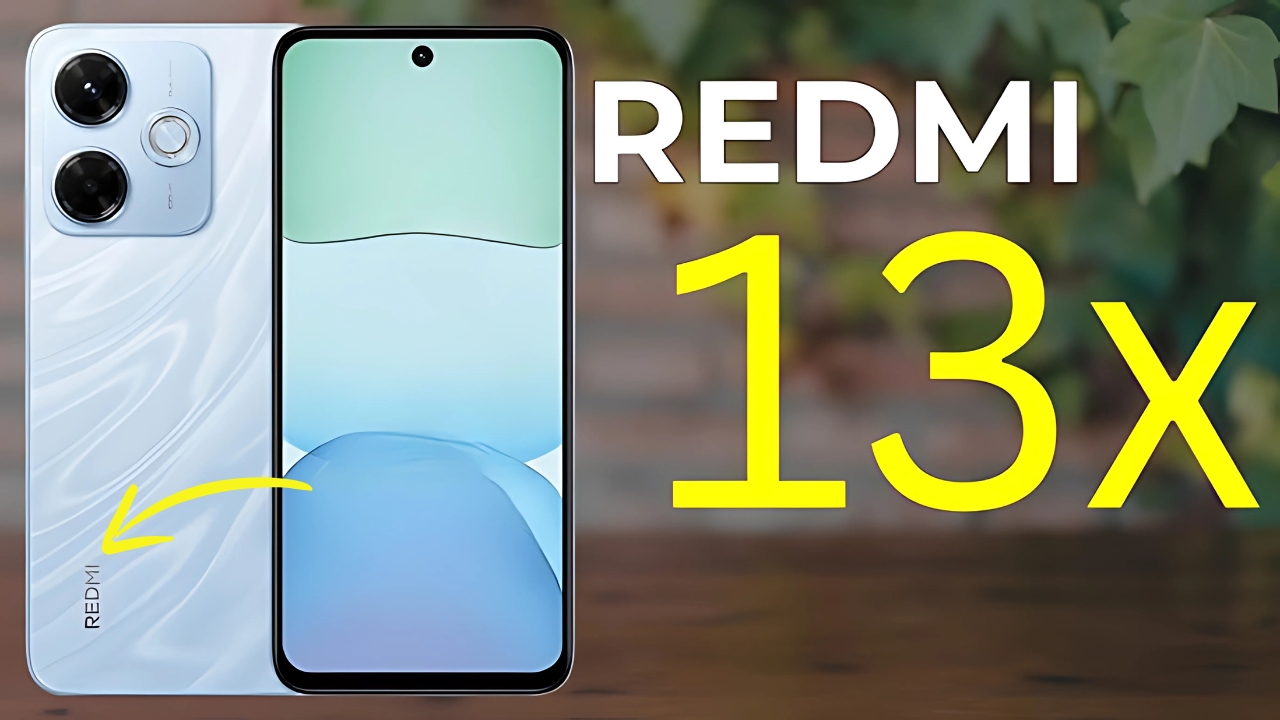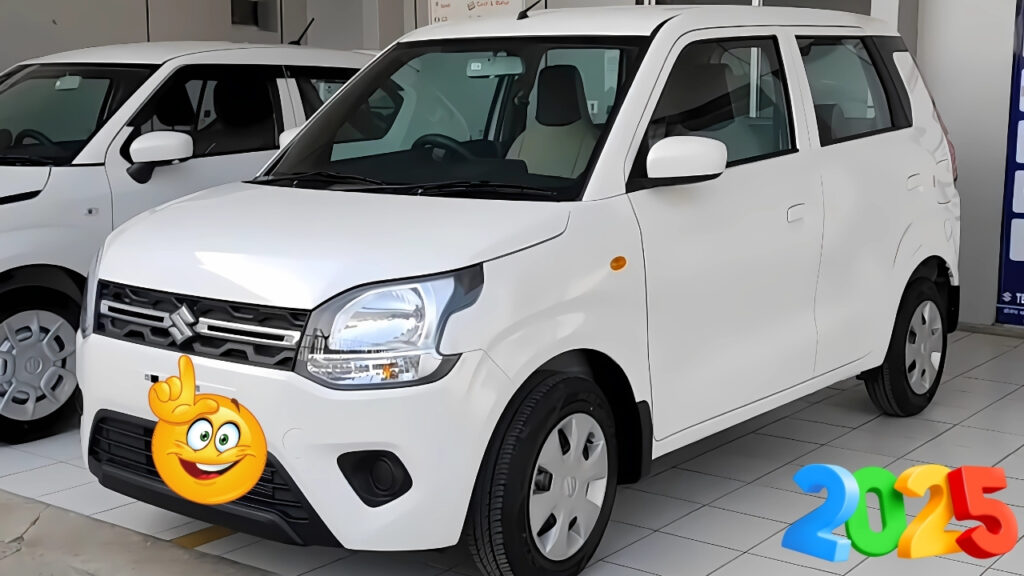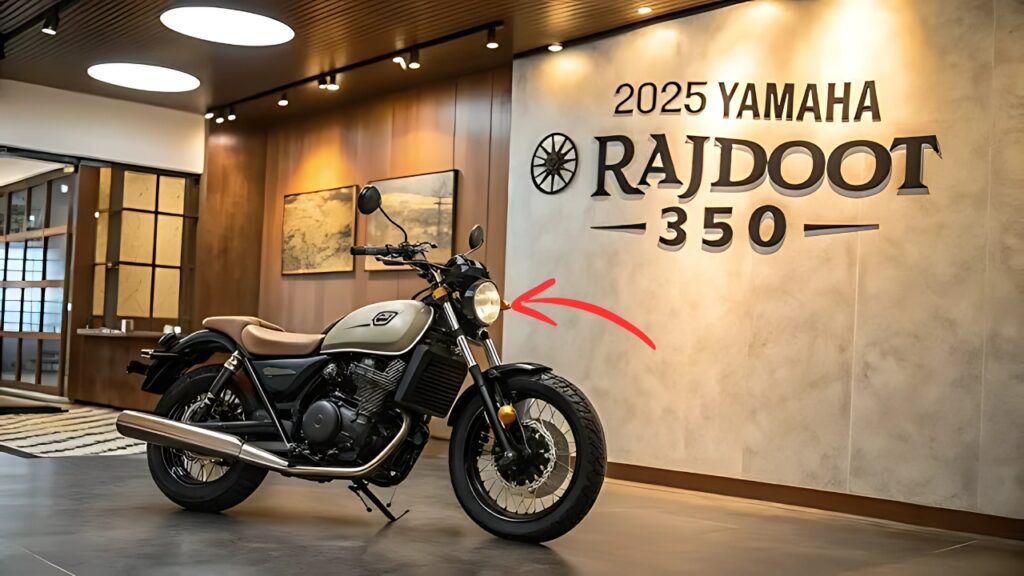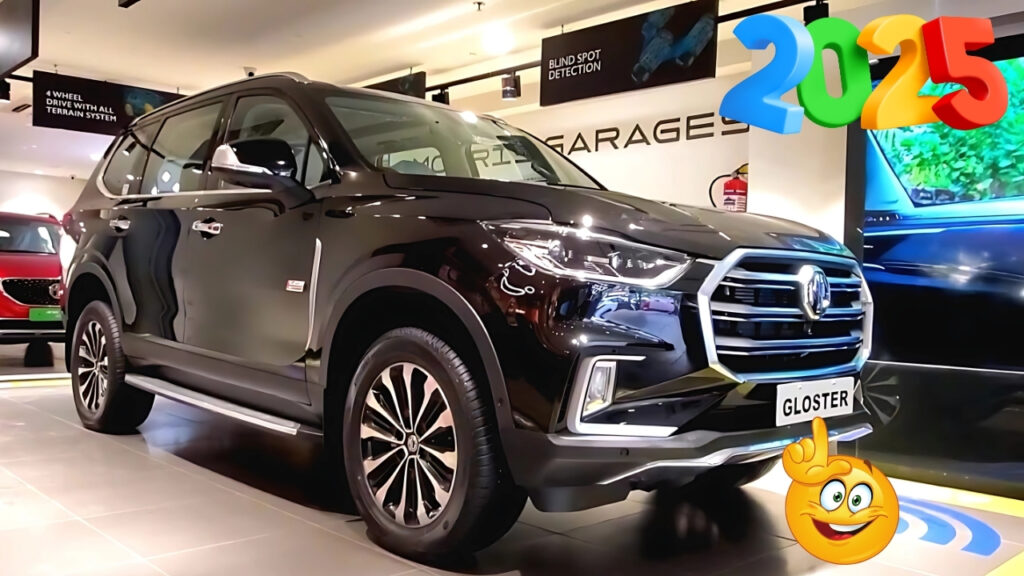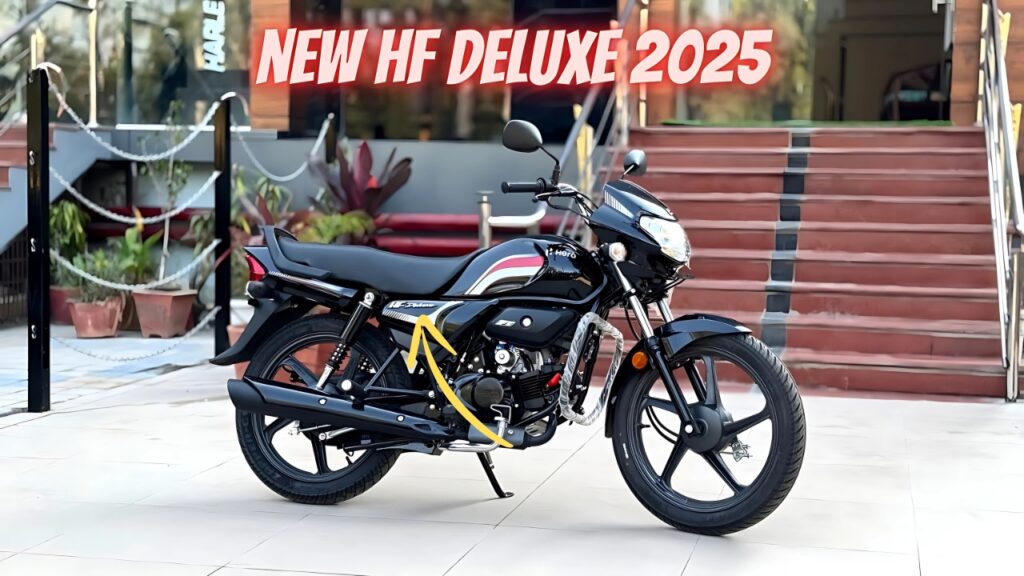Redmi 13c: In the rapidly evolving smartphone landscape, where flagship devices command headline attention and premium prices, Xiaomi’s sub-brand Redmi continues its mission of democratizing technology through thoughtfully crafted budget offerings.
The newly released Redmi 13C represents the culmination of this philosophy—a device that challenges preconceptions about what constitutes an “entry-level” smartphone experience.
Through strategic hardware choices and software optimization, the 13C delivers capabilities that would have been unimaginable in this price segment just a few years ago.
Redmi 13c: A Design that Defies Expectations
The Redmi 13C immediately distinguishes itself from typical budget fare through its considered design approach. Where many competitors rely on generic aesthetics and overtly plastic constructions, the 13C employs what Xiaomi calls a “Halo Design Language” that elevates the visual and tactile experience without inflating production costs.
The rear panel features a subtle textured pattern beneath its glossy finish, creating an interplay of light that shifts as the device moves. This not only provides visual interest but also effectively masks fingerprints and minor scratches—a practical consideration for a device likely to be used without a case by many consumers.
Available in Midnight Black, Ocean Blue, Mint Green, and Sunset Orange, the color options span conservative to expressive, accommodating diverse preferences.
The frame maintains a slim 8.5mm profile despite housing a substantial battery, with gently curved edges that improve ergonomics during extended use.
The right edge houses the volume rocker and power button, the latter cleverly integrating a responsive fingerprint sensor—a feature often omitted in this price bracket.
The left edge contains the SIM tray, which accommodates dual nano-SIMs alongside a dedicated microSD slot, eliminating the forced choice between connectivity and expanded storage found in many devices.
The front of the device is dominated by a 6.71-inch display with a centered punch-hole camera cutout, a design choice typically reserved for more expensive models.
The relatively slim bezels achieve an 89.8% screen-to-body ratio, maximizing usable display area while maintaining structural integrity.
The inclusion of Corning Gorilla Glass 3 protection demonstrates Xiaomi’s understanding that durability represents a crucial consideration for budget-conscious consumers.
Display: Balancing Quality and Efficiency
The Redmi 13C employs a 6.71-inch IPS LCD panel with HD+ resolution (1650 x 720 pixels), representing a thoughtful compromise between visual fidelity and power efficiency.
While premium smartphones have long since transitioned to higher resolutions and OLED technology, the 13C makes sensible choices aligned with its price point and target usage patterns.
Display quality surpasses expectations for the segment, delivering 90Hz refresh rate for smoother scrolling and animations—a feature previously unavailable at this price point.
Brightness peaks at 500 nits in high brightness mode, ensuring reasonable outdoor visibility without excessive battery consumption. Color accuracy exceeds budget norms, covering 96% of the DCI-P3 gamut with proper calibration options available in settings.
Xiaomi has implemented several software features to enhance the viewing experience, including Reading Mode that filters blue light, Sunlight Display that adjusts contrast patterns for improved outdoor legibility, and Dark Mode with scheduling options.
These quality-of-life improvements demonstrate attention to real-world usage scenarios rather than mere specification chasing.
Performance: Everyday Reliability with Headroom
Powering the Redmi 13C is the MediaTek Helio G91T, an octa-core processor featuring two Cortex-A78 performance cores clocked at 2.3GHz and six Cortex-A55 efficiency cores running at 2.0GHz.
This 12nm chipset represents a significant upgrade from previous generation budget offerings, delivering reliable performance for everyday tasks while providing sufficient headroom for more demanding applications.
Memory configurations include 4GB, 6GB, and 8GB LPDDR4X RAM options, paired with either 64GB or 128GB of UFS 2.2 storage. The decision to implement UFS storage rather than the slower eMMC standard found in many competitors translates to noticeably faster app loading times and smoother overall system performance.
The inclusion of memory fusion technology allows dynamic allocation of up to 8GB of storage as virtual RAM when needed, further improving multitasking capabilities.
Benchmark performance positions the 13C comfortably within the mid-range segment despite its budget pricing. AnTuTu scores average around 360,000 points, while Geekbench 6 returns approximately 550 single-core and 1,850 multi-core results.
These numbers translate to a responsive everyday experience, with social media applications, video streaming services, and productivity tools running without noticeable hesitation.
Gaming capabilities exceed expectations for the price point. Casual titles run flawlessly, while more demanding games like PUBG Mobile and Call of Duty Mobile maintain playable framerates at medium settings.
The Mali-G57 MC2 GPU handles graphical processing efficiently, though thermal management prioritizes sustained performance over brief peaks, resulting in stable framerates during extended sessions rather than impressive but short-lived bursts of speed.
Camera System: Practical Photography
The primary camera system consists of a 50-megapixel main sensor with f/1.8 aperture, paired with a 2-megapixel macro lens.
While multiple camera arrays have become common even in budget devices, Xiaomi has wisely invested in a higher quality primary sensor rather than padding specifications with largely ineffective auxiliary lenses—a refreshingly honest approach in a segment often characterized by marketing-driven configurations.
The main sensor employs a quad-Bayer arrangement that bins four pixels into one, outputting 12.5-megapixel images with improved light sensitivity in default mode.
A dedicated high-resolution mode allows full 50-megapixel capture when conditions permit, providing additional detail for cropping or large format printing.
Dynamic range exceeds typical budget expectations, with HDR processing that effectively balances highlights and shadows in challenging lighting scenarios.
Low-light performance benefits from Night Mode, which captures and combines multiple exposures to reduce noise while preserving detail. Results remain distinguishable from flagship devices but provide usable photographs in conditions that would render most budget cameras ineffective.
Video capabilities include 1080p recording at 60fps from the main camera, with gyroscope-based electronic stabilization that smooths handheld footage effectively.
The front-facing 13-megapixel camera delivers detailed selfies with natural skin tones, aided by AI-powered portrait mode that provides convincing background blur despite the single-lens configuration.
Beauty mode offers subtle enhancement options rather than the aggressive filtering found in some competing devices, preserving natural features while addressing common concerns.
Battery Life and Charging: Endurance as Priority
The Redmi 13C houses a substantial 5,030mAh battery that, combined with the efficient processor and display, delivers exceptional endurance.
Under typical usage patterns including social media browsing, messaging, video streaming, and occasional gaming, the device consistently provides up to two days of operation before requiring recharging.
Charging capabilities include 18W wired fast charging via USB-C, filling the battery from empty to 65% in approximately one hour and reaching full capacity in just under two hours.
While not competitive with premium fast-charging standards, this represents reasonable performance for the price segment and accommodates overnight charging patterns common among budget device users.
Power management benefits from MIUI’s comprehensive battery optimization features, including application-specific background restrictions, scheduled power profiles, and intelligent charging that adapts to usage patterns.
These software enhancements extend effective battery life without requiring user micromanagement, addressing a key concern for users who rely on a single device throughout demanding days.
Software Experience: Refined and Supported
The Redmi 13C ships with Android 13 overlaid with MIUI 14.5, a combination that delivers a feature-rich experience optimized for the hardware capabilities.
Xiaomi has committed to providing two major Android version updates and three years of security patches—an impressive support cycle for a budget device that acknowledges the longer ownership periods typical of this segment.
MIUI 14.5 represents a significant refinement over previous iterations, with reduced pre-installed applications, improved system animations, and lower resource requirements.
The interface combines aesthetic elements from both iOS and stock Android while maintaining its distinctive identity, offering extensive customization options through themes, icon packs, and layout adjustments.
Productivity features include a comprehensive file manager, split-screen multitasking, floating windows for frequently used applications, and an improved clipboard manager.
Privacy protections have been enhanced with granular permission controls, background activity monitoring, and secure sharing options that remove metadata from images and documents.
Comparative Analysis
| Feature | Redmi 13C | Redmi 12C | Samsung Galaxy A14 |
|---|---|---|---|
| Display | 6.71″ HD+ IPS LCD, 90Hz | 6.52″ HD+ IPS LCD, 60Hz | 6.6″ FHD+ PLS LCD, 60Hz |
| Processor | MediaTek Helio G91T | MediaTek Helio G85 | MediaTek Helio G80 |
| RAM | 4/6/8GB LPDDR4X | 3/4GB LPDDR4X | 4/6GB LPDDR4X |
| Storage | 64/128GB UFS 2.2 | 64/128GB eMMC 5.1 | 64/128GB eMMC 5.1 |
| Main Camera | 50MP f/1.8 + 2MP macro | 50MP f/1.8 | 50MP f/1.8 + 5MP ultra-wide + 2MP macro |
| Front Camera | 13MP f/2.0 | 5MP f/2.2 | 13MP f/2.0 |
| Battery | 5,030mAh, 18W charging | 5,000mAh, 10W charging | 5,000mAh, 15W charging |
| Biometrics | Side fingerprint, Face unlock | Rear fingerprint, Face unlock | Side fingerprint, Face unlock |
| Software | Android 13, MIUI 14.5 | Android 12, MIUI 13 | Android 13, One UI Core 5.0 |
| Price | ₹9,999 (4GB/64GB), ₹11,999 (6GB/128GB), ₹13,499 (8GB/128GB) | ₹8,499 (4GB/64GB) | ₹12,999 (4GB/64GB) |
Key Highlights:
-
90Hz refresh rate display for smoother scrolling and animations
-
MediaTek Helio G91T processor delivering reliable performance
-
Up to 8GB RAM with memory fusion technology for improved multitasking
-
UFS 2.2 storage for faster app loading and system responsiveness
-
50MP primary camera with effective night mode and electronic stabilization
-
Side-mounted fingerprint sensor integrated into power button
-
MIUI 14.5 with reduced bloatware and improved resource efficiency
-
Two-year Android update commitment with three years of security patches
-
Corning Gorilla Glass 3 protection enhancing display durability
-
Dedicated microSD slot alongside dual SIM functionality
-
18W fast charging via USB-C port
-
Enhanced audio with louder speaker and clearer call quality
-
Improved antenna design for better network reception
-
Splash-resistant nano-coating for basic protection against moisture
-
Smart connectivity features including WiFi 5, Bluetooth 5.3, and dual VoLTE
Market Positioning and Value Proposition
Priced at ₹9,999 for the base 4GB/64GB variant, ₹11,999 for the 6GB/128GB model, and ₹13,499 for the top-tier 8GB/128GB configuration, the Redmi 13C occupies a strategic position between basic entry-level devices and more expensive mid-range offerings.
This pricing structure allows consumers to select memory configurations aligned with their needs and budgets without compromising on core experience.
The value proposition extends beyond raw specifications to encompass the holistic ownership experience. The combination of reliable performance, extended battery life, capable camera system, and committed software support addresses practical needs rather than pursuing specification advantages that yield limited real-world benefits.
This pragmatic approach distinguishes the 13C from competitors that prioritize marketing-friendly features over everyday usability.
Redmi 13c
The Redmi 13C exemplifies thoughtful product development within budget constraints, making intelligent compromises that preserve essential smartphone experiences while maintaining accessible pricing.
By focusing on fundamentals—display quality, battery life, camera capability, and software support—Xiaomi delivers a device that satisfies practical needs without resorting to specification inflation or misleading marketing.
In a market segment where compromises are inevitable, the 13C makes choices that align with actual usage patterns rather than theoretical advantages.
The 90Hz display improves daily interaction, the capable main camera produces social media-ready photographs, and the extended battery life accommodates demanding schedules without anxiety. These practical benefits outweigh the absence of features that would add cost without proportional value.
As smartphone adoption continues to expand globally, devices like the Redmi 13C play a crucial role in ensuring digital inclusion without second-class experiences.
By delivering dignified, capable computing at accessible price points, Xiaomi advances its mission of innovation for everyone—proving that thoughtful engineering and strategic compromise can yield experiences that transcend price brackets and challenge assumptions about what constitutes entry-level technology.
